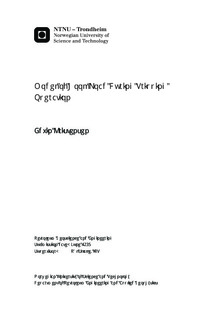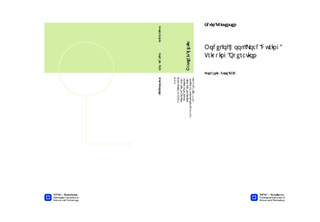| dc.description.abstract | Drilling after oil and gas becomes more challenging for every drilled well; deeper, longer, harder, higher temperature, higher pressure and more complex conditions. The equipment requirements and well integrity regulations make the wells increasingly more expensive. The well costs often dominate the total investments for field development. Avoiding trouble while drilling wells constitutes huge potential cost savings.One way of avoiding trouble is to detect deteriorating conditions in the well and initiate the correct remedies before the trouble evolves. By modeling the physics in the well accurate and detailed, normal well conditions can be defined and deviations from normal will indicate abnormal hole conditions.The initial goal of this thesis was to understand, investigate and further develop the mathematical model of the weight of the drill string when pulling it out of the hole, presented by Mme et al. (2012). The model was analyzed, evaluated and improvements were initiated. But difficulties arose during the work process and another point of attack had to be selected. An alternative model has therefore been developed and tested against field data supplied by Statoil. The tests gave some affirmative results, but all in all, the alternative model did not manage to match the field measurements in a sufficiently satisfactory manner. The main conclusion of this thesis work is that to model well conditions accurately, complex and detailed physical models are needed. To model the weight of the drill string when pulling it out of the hole in a sufficient way, the mass ? spring model (Mme et al. 2012) has to be further improved and then tested against field cases. The alternative model can be used as a starting point for further development of a tool to detect relative changes of the main forces developing in the well. Another important finding was that to be able to recognize acceleration effects and phenomena happing in a short time interval, sampling frequencies of the field data should be at least 3 Hz. Also it will be beneficial to use field measurements collected consistently at fixed time steps. This would ease and increase the quality of the interpolation. | nb_NO |

